Description of flavor and taste characteristics of Nicaraguan coffee. Nicaraguan coffee.
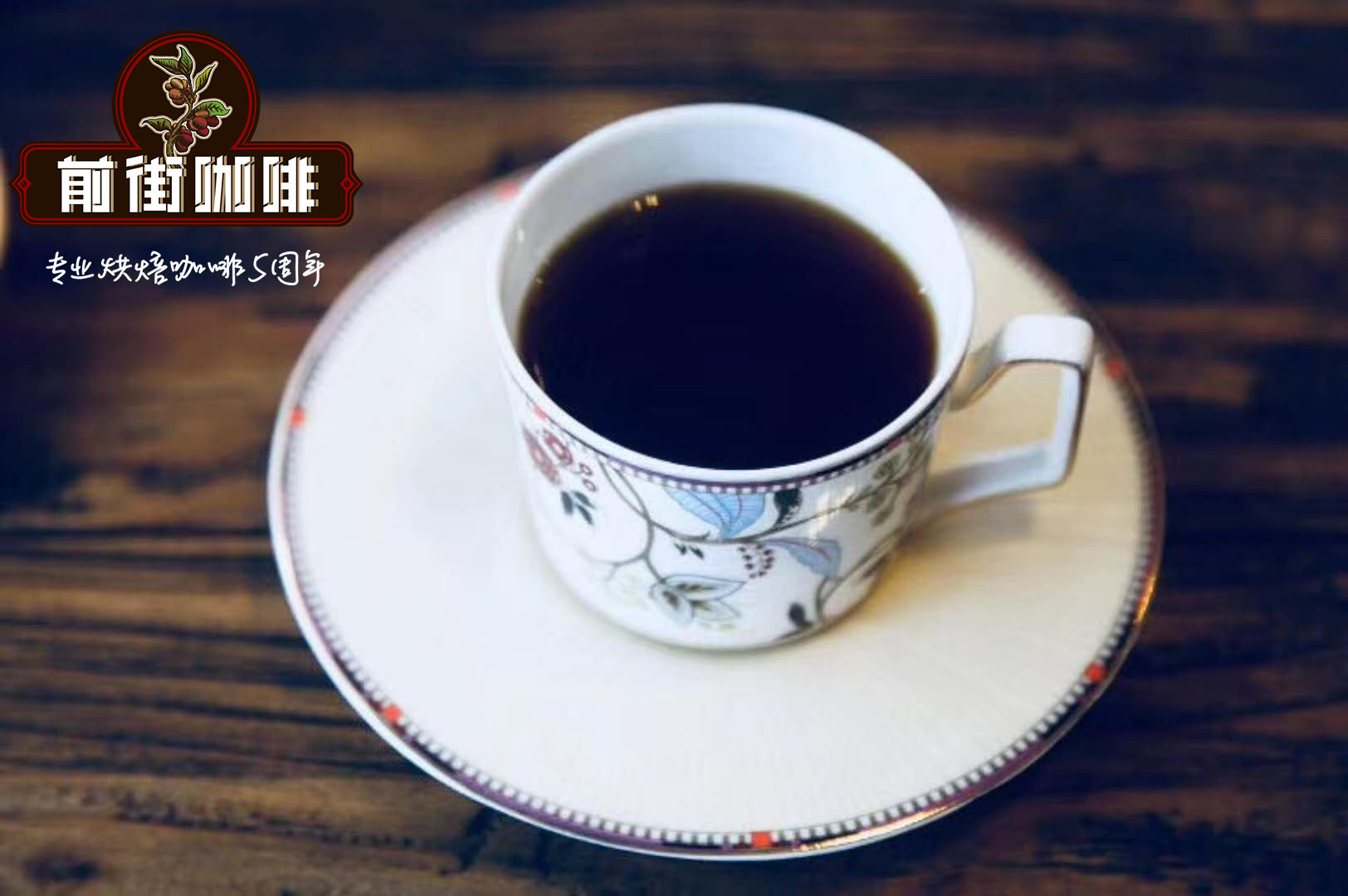
Professional coffee knowledge exchange more coffee bean information please follow the coffee workshop (Wechat official account cafe_style)
The growing conditions in Nicaragua are not inferior to those in Central American countries, and the coffee produced by small farmers is characterized by freshness and balance. What is amazing is that the coffee produced by small farmers is as clean, bright and sour as Costa Rican coffee in shallow roast. deep roasting gives off the sweet, full-bodied taste of Colombian coffee. Don't underestimate the surprises of Jinotega, Madaguelba and segovia, which are the producers of fine Nicaraguan coffee.
The fine Nicaraguan coffee is printed with the word (S.H.G) on the bean bag, which represents the coffee produced by the high-altitude manor. Segovia is an outstanding and unique area composed of cooperatives on the high platform in the north.
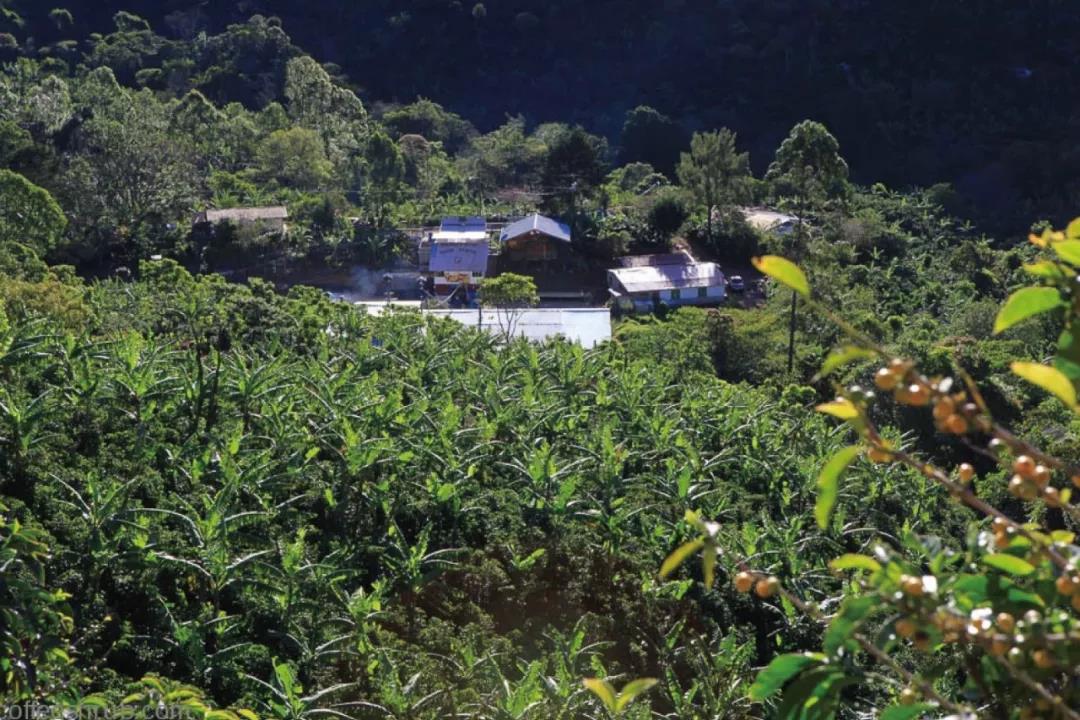
Coffee is harvested from October to February of the following year. Ripe coffee beans are harvested manually, peeled, fleshed, sorted, exposed and dehydrated in a sink, then sent to nearby cooperatives for screening and exposure, and bagged and distributed when the water content is about 12%. In recent years, some manors have been tutored to sell independently, ensuring quality and selling high-quality goods, which is good for consumers, but they always have to spend more money. In fact, there is not much improvement in the livelihood of coffee farmers.
Nicaraguan coffee, mediocre and mild flavor, slightly sour, suitable for comprehensive coffee. The volume of Nepalese coffee is the largest of all coffee beans, among which the giant beans produced by Matagalpa are the most distinctive. This kind of giant bean particles are larger than ordinary coffee beans, commonly known as elephant beans, with a distinctive special flavor, but also with the round texture of Maragogipe coffee, its sister product Matagalpa contains wild acidity and indescribable aroma.
Break with tradition: why Maracaturra?
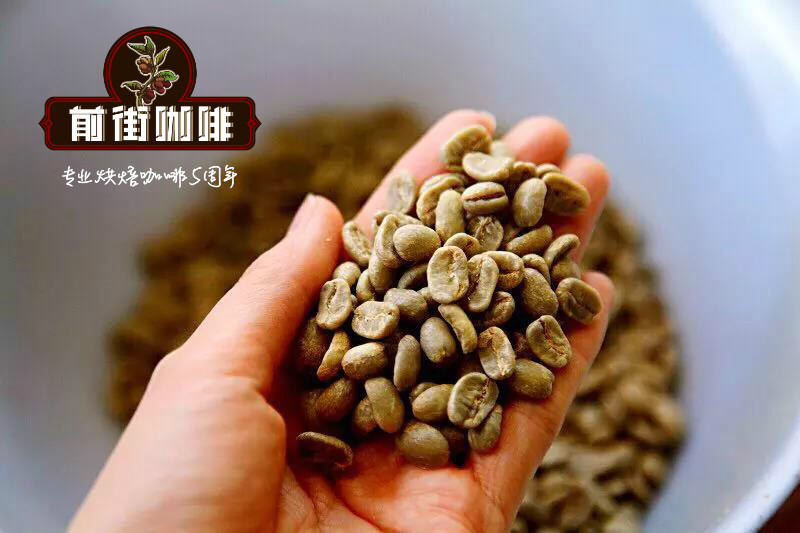
Mauricio currently grows Elephant beans, Orange bourbon, and Pacamara. Although his current coffee has excellent flavor, he still tries to find ways to improve.
Mauricio talked to Manuel Meza, the then research director of The Salvadoran Foundation for Coffee Research (Procaf é), and Manuel Meza told him that he had met Maraka Maracaturra in Matagalpa, Nicaragua, and had repeatedly won the top five positions in Cup of Excellence.
Manuel Meza was happy to help Mauricio, so he brought the seeds of Maraka Maracaturra to Mauricio to plant.
[Maracaturra Malakadura] the variety comes from the mixture of Maragogype and Caturra, which has both the fullness of the former and the sweet flavor of the latter, and is common in Nicaragua.
Maraka Dula (Maracaturra): is a mixed breed, like beans (Maragogype) and Kaddura (Caturra) mixed crystallization, is very common in Nicaragua.
But this variety has been planted twice in Apaneca, El Salvador, on Finca Himalaya, a coffee farm in Cup of Excellence, which has won two prizes.
What's so special about Maraka Maracaturra?
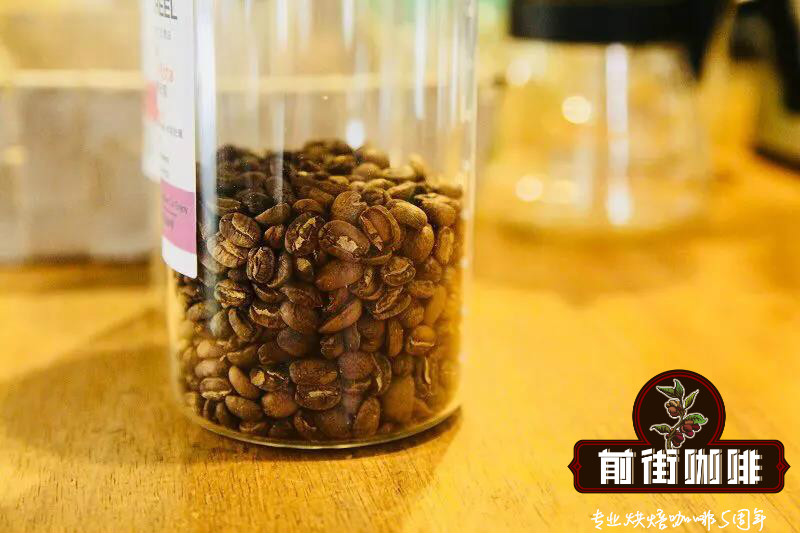
Like Maragogype, Maracaturra coffee beans have a large size. Mauricio told me it inherited the excellent flavor and high yield of Kaddura (Caturra). Its short stature has plenty of leaves to ward off strong winds-useful for windy estates in Mauricio.
Unfortunately, this variety is prone to leaf rust and therefore requires a high degree of care. Its flavor is tropical fruit and bright acidity. It finished fifth in Cup of Excellence in 2015, and Mauricio believes its future harvest will be better than that of Pacamara.
In the future, Mauricio plans to use semi-washing, honey treatment, and sun treatment to treat coffee fruits in Maracaturra. In doing so, he will be able to find the best way to deal with it. He uses an African bed, which stabilizes the flow of air and makes the drying process more uniform.
Qianjie coffee is recommended to be brewed by siphon and hand.
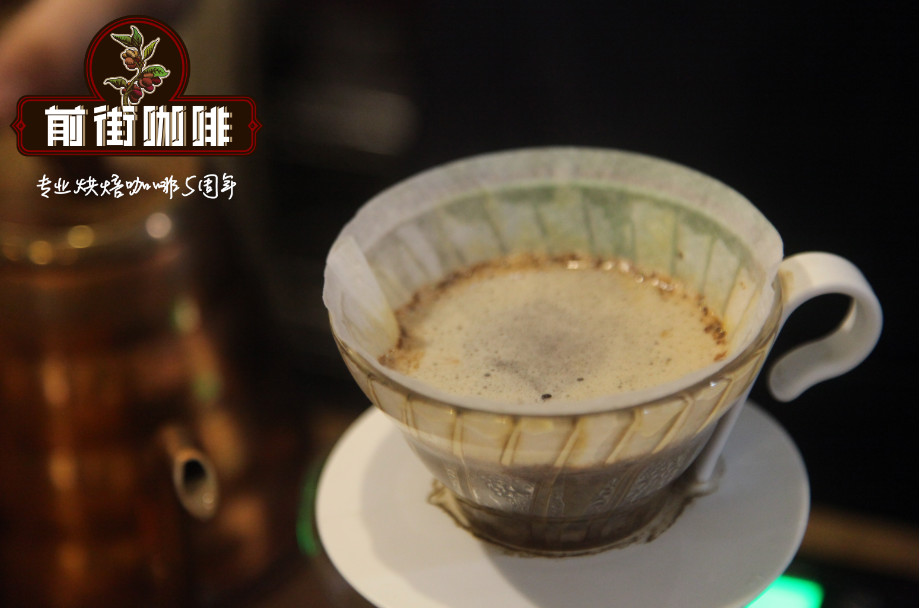
Degree of grinding: 3.5 (Fuji R440, Japan)
V60 filter cup, 15g powder, water temperature 91-92 degrees, grinding 3.5.The ratio of water to powder is close to 1:15
33 grams of water is steamed for 25s
Segment: water injection to 100ml cut off, slow water injection to 225ml
That is, 30-100-95
Other suggestions for trickling extraction:
Normal pressure, recommended grinding degree of 3.5-4 / water temperature 92 °C
Philharmonic pressure, recommended 2.5 grinding degree, water temperature 88 °C
Hand punch: 3.5 degree of grinding, water temperature 89 °C
3.5 Grinding-91 degrees water temperature
Qianjie coffee: Guangzhou bakery, the store is small but a variety of beans, you can find a variety of unknown beans, but also provide online store services. Https://shop104210103.taobao.com
Important Notice :
前街咖啡 FrontStreet Coffee has moved to new addredd:
FrontStreet Coffee Address: 315,Donghua East Road,GuangZhou
Tel:020 38364473
- Prev
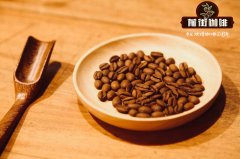
Manor in Orange City, Guatemala-Iron pickup and bourbon tanning treatment
The Orange City Manor in Guatemala is a treasure from Guatemala City (now the capital of Guatemala). The cultivation of coffee has long been extinct in Guatemala City, and after the economic take-off, the city is now commercially developed and full of buildings. However, the hilltop where the Orange City Manor is located, because of the insistence of Lady Rosita, the hostess of the manor.
- Next
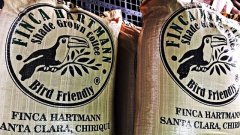
The aroma of coffee beans treated with wine, sun and honey at Hartmann Manor in Panama is tempting to taste the taste.
Professional coffee knowledge exchange more information about coffee beans please follow the coffee workshop (Wechat official account cafe_style) Panama borders Colombia and Costa Rica. Panama's coffee-producing areas are located in Volcan Baru,Boquete,Volcan and Renacimiento, one of the most inactive volcanoes in Central America. Panama has a very unique microclimate, around
Related
- Detailed explanation of Jadeite planting Land in Panamanian Jadeite Manor introduction to the grading system of Jadeite competitive bidding, Red bid, Green bid and Rose Summer
- Story of Coffee planting in Brenka region of Costa Rica Stonehenge Manor anaerobic heavy honey treatment of flavor mouth
- What's on the barrel of Blue Mountain Coffee beans?
- Can American coffee also pull flowers? How to use hot American style to pull out a good-looking pattern?
- Can you make a cold extract with coffee beans? What is the right proportion for cold-extracted coffee formula?
- Indonesian PWN Gold Mandrine Coffee Origin Features Flavor How to Chong? Mandolin coffee is American.
- A brief introduction to the flavor characteristics of Brazilian yellow bourbon coffee beans
- What is the effect of different water quality on the flavor of cold-extracted coffee? What kind of water is best for brewing coffee?
- Why do you think of Rose Summer whenever you mention Panamanian coffee?
- Introduction to the characteristics of authentic blue mountain coffee bean producing areas? What is the CIB Coffee Authority in Jamaica?

